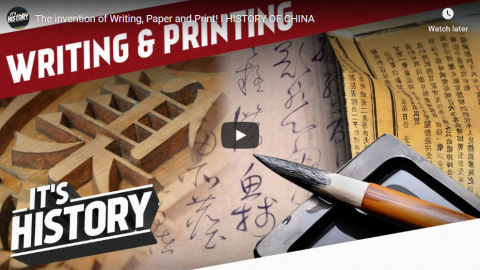I’m not a Patriots fan so I don’t think of Patriots head coach Bill Belichick as some sort of demi-god … although I have wondered if he’s got some sulfur burns from suspicious handshakes with diabolical representatives … but Severian makes the case that his big secret is that he doesn’t have one:

Head coach Bill Belichick of the New England Patriots watches the preseason game against the Washington Redskins at FedExField on August 28, 2009 in Landover, Maryland.
Photo by Keith Allison via Wikimedia Commons.
Belichick isn’t some kind of super-genius. Nor does he have some unique insight into the game. He’ll never write a book on “The Bill Belichick System,” because unlike every other celebrity coach, he doesn’t have a “system.” He simply does what he needs to do to win, one game at a time, with the pieces he has. That’s just leadership, in the traditional sense of the term, but so few people in our modern Media-driven culture have seen it that it totally fries our circuits. Surely he must have some double-secret grimoire of football excellence that he consults on the sidelines …?
Nope. Belichick’s secret is what he doesn’t have: A huge ego, a “system,” the my-way-or-the-highway mentality that infects nearly everyone given the tiniest smidgen of real power. An example: He once countered (and, of course, defeated) a ferocious defense on crappy field conditions by lining up a sixth offensive lineman as a tight end. Perfectly legal, but nobody else would’ve ever dreamed of doing it.
The Patriots are famous for using their (perennially excellent) tight ends more than any other team in the league, so naturally the opponent spent all week scheming to take away the TE. When Belichick kept his tight ends off the field, the opponent had no idea what to do; their quick cover linebackers got plastered by the extra linemen, and the Patriots’ running backs ran wild.
The lesson from this is twofold: First, that he would think to do it in the first place. Again, it’s perfectly legal. Teams do it all the time, actually, except they do it in goal line situations — instead of cramming the ball up the middle, they send a soft-handed lineman over into the corner of the end zone. He’s too big for anyone back there to cover, so if the QB can get it to him it’s an easy score. All Belichick did was run the same personnel out in the middle of the field. Simple, but football is the most conservative sport in existence — nobody does anything that hasn’t been done a million times before.
The second takeaway is that Belichick had enough control to pull it off. Nobody likes getting his playing time reduced, and tight ends in the modern game are highly-paid gentlemen accustomed to frequent success. Even if they wanted to, most coaches wouldn’t be able to take their glory boys off the field for an extended period — the players would riot, the Media would crucify him, and the fans would go nuts. Belichick’s guys bought in enough to follow the gameplan without complaint. He gave them the credit when the team won, but he would’ve taken the heat if they’d lost. Again, that’s not some special football coaching technique; it’s just leadership.
















